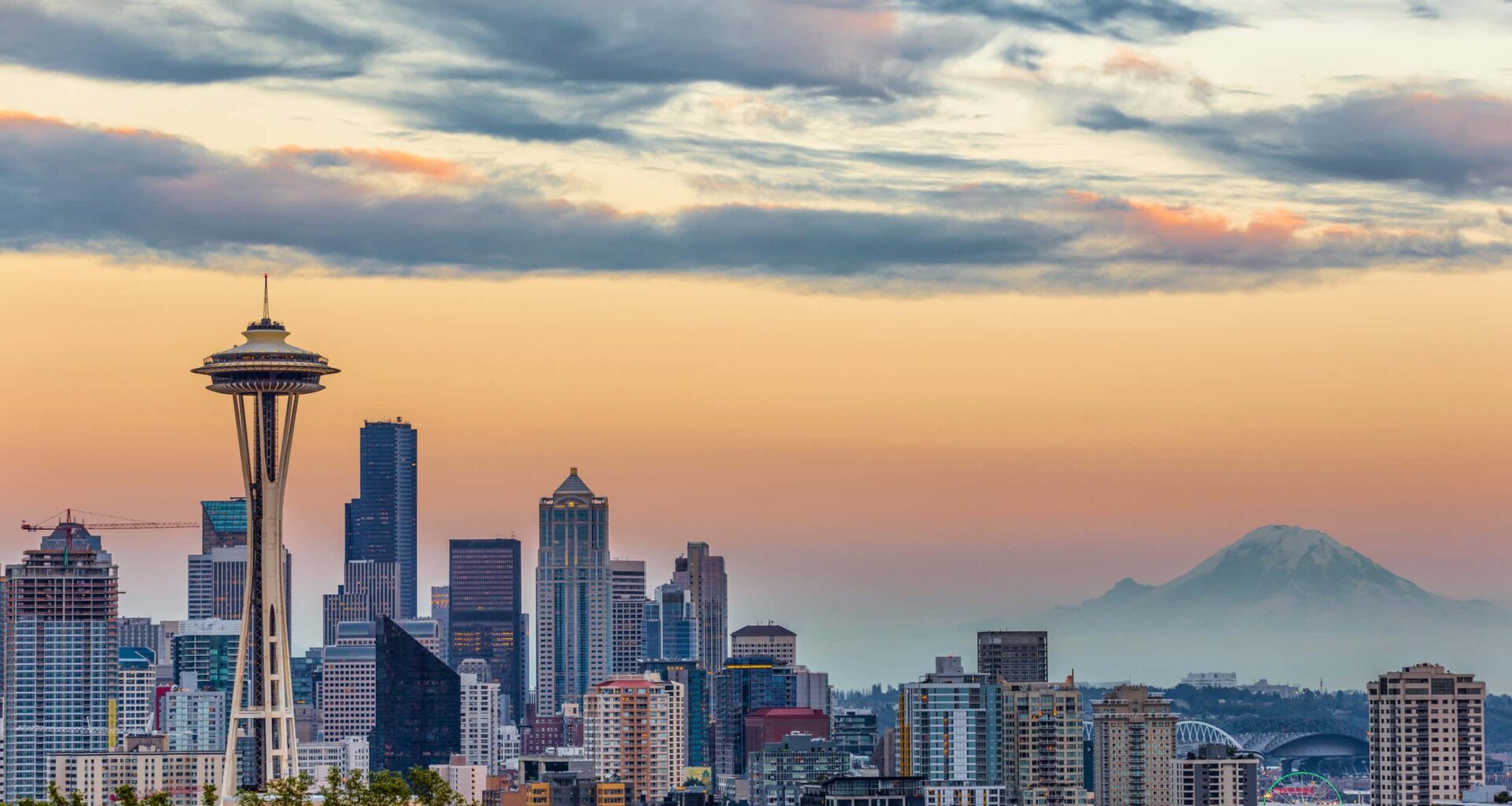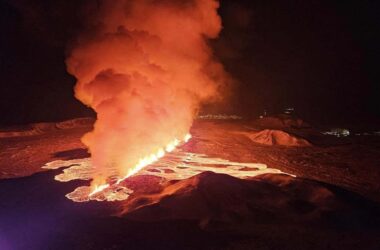Researchers have discovered that two faults near Seattle, Washington ruptured simultaneously around 1100 years ago. If a similar event were to occur again, it could result in an earthquake that is more than 30 times larger than previously estimated. Geologists have long known that large earthquakes occurred in the past in the Puget Sound region, but it was uncertain whether the faults ever ruptured close together, which would lead to a more significant earthquake compared to when they rupture far apart.
To determine the exact timing of these past quakes, scientists examined the rings of ancient trees found around the Puget Sound. They believed these trees were knocked down by seismic events on two faults – the Seattle fault and the Saddle Mountain fault. By measuring radiocarbon concentrations in the wood, they were able to link the rings to specific calendar years. They found that all the trees were killed within a six-month period between AD 923 and 924, narrowing down the possible scenarios to two. The first is that both faults ruptured simultaneously, causing a massive multi-fault earthquake similar to the one that hit New Zealand in 2016. The second scenario is that the faults ruptured in quick succession, resembling the back-to-back earthquakes that devastated Turkey this year.
Although earthquakes on the Seattle faults appear to be rare, the consequences of such an event happening today in the densely populated region would be devastating. A quake on the shallower faults near Seattle could be even more destructive for the city than the well-known “Big One” predicted to occur on the larger Cascadia megathrust fault off the coast. It would bring more intense shaking and leave less warning time before a tsunami arrives.
The researchers estimate that back-to-back ruptures could result in a magnitude-7.5 and a magnitude-7.3 earthquake, whereas a multi-fault rupture, which is more likely, could produce a magnitude-7.8 quake. This would release 38 times more energy than the largest earthquake considered in the region’s current seismic hazard modeling, which only accounts for a magnitude-7.5 event. Experts warn that no city in the world is prepared for a magnitude-7.8 earthquake to occur directly beneath it. Although Seattle is taking steps to protect against seismic hazards, such as reinforcing old buildings, there is a limit to what can be done. The occurrence of such an earthquake would be a major disaster.
Topics:








